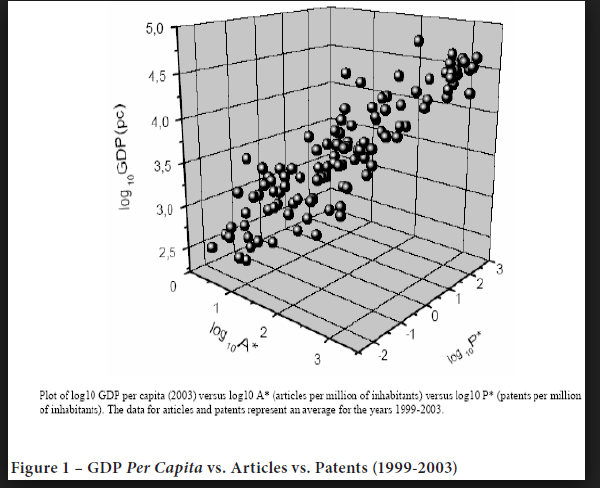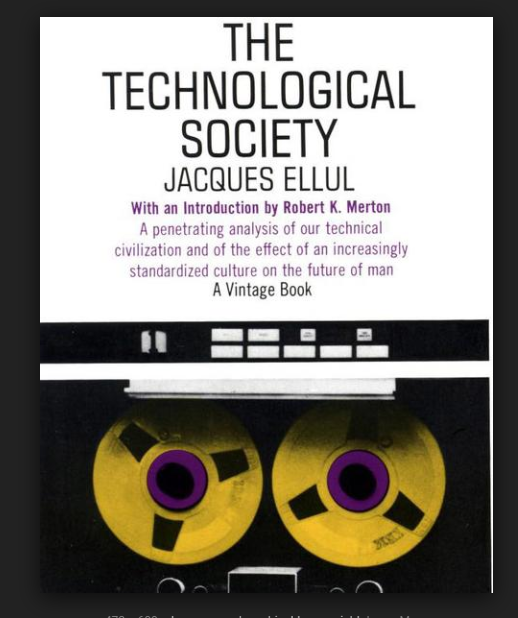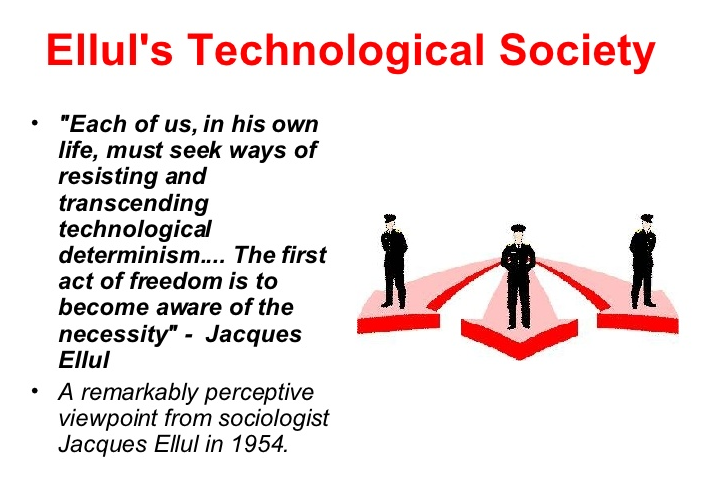The Bayh-Dole Act fundamentally changed the nationís system of technology transfer by enabling universities to retain title to inventions and take the lead in patenting and licensing groundbreaking discoveries. This has lead to some likely unintended consequences.
This act, passed on December 12, 1980, created a uniform patent policy among the many federal agencies that fund research, enabling small businesses and non-profit organizations, including universities, to retain title to inventions made under federally-funded research programs. This act was especially instrumental in encouraging universities to participate in technology transfer activities.
Major provisions of the Act include:
- Non-profits, including universities, and small businesses may elect to retain title to innovations developed under federally-funded research programs
- Universities are encouraged to collaborate with commercial concerns to promote the utilization of inventions arising from federal funding
- Universities are expected to file patents on inventions they elect to own - therefore they need an adminstrative setup for this - generally known as the office of Tech Transfer.
- Universities are expected to give licensing preference to small businesses - again this is handled via the office of tech transfer.
Some quotes:
Ultimately, it is believed that these improvements in government patent policy will lead to greater productivity in the United States, provide new jobs for our citizens, create new economic growth, foster increased competition, make government research and development contracting more competitive, and stimulate a greater return on the billions of dollars spent each year by the government on its research and development programs
Senate Judiciary Committee Report, Dec. 12, 1979, on S.414, unanimously approved and reported to the Senate
...the preponderance of the empirical evidence produced to date seems to suggest that, by vesting presumptive patent ownership in the recipients of federally funded genetic research, the Bayh-Dole Act is indeed achieving not only its statutory purpose but also the larger, constitutionally mandated requirement that the U.S. patent system promote the Progress of Science and the useful Arts.
The above quote has de-facto relevance to the existence of NIST and why its in the Dept. of Commerce.
Indeed, this act did pave the way for some kind of direct cooperation and relationships between say, the NSF, and the Dept. of commerce. Those never materialized.
What did materialize where SBIR (Small Business Innovative Research) or STTR (Small Business Technology Transfer) grants from NASA and the NSF. These allowed for direct partnerships between Universities with this federal grant and small businesses. To quote from the NSF about this program:
We support research and development of deep technologies - those that are based on discoveries in fundamental science and engineering. As we review applications, we consider your technology's innovativeness, commercial potential, and possible societal impact.
The historial reality is that this program gave funding to mostly schools with engineering programs and or functioning applied research collaborations. The best example is the Research Triangle in North Carolina (Duke, UNC, NCState) that build a common set of facilities. Indeed, the develop of University "Research Parks" was a direct response to this new Act, hoping that these would draw federal dollars. In general, the NSF program is pretty successful but the NASA program put way too many constraints on the overall process and therefore has been less successful.
At the UO, the language about these kinds of grants is confusing:
Once your company is awarded a SBIR/STTR grant, UO employees cannot engage in the sponsored activities as an agent of the UO and the sponsored business, unless these activities are established through a subaward or other agreement, and approved by UO.
Many times the SBIR was a good mechanism for delivering graduate student internships which was overall a good thing, if the host University allowed that.
However, there were inevitable conflicts over licensing and IP issues for any research that developed products and no clear guidelines were ever setup. Indeed, some faculty saw this as an opportunity to develop a spin-off company and leave their University. Sometimes they took their graduate students with them.
A Reflective esay on all of this
In general, this ACT cemented the notion that technology is the delivery mechanism for scientific research. . As a consequence univerisites became enamnored with the notion that key faculty in sciences and engineering would basically be those that an develop patents for objects that can be licensed. That criteria took precedence in faculty hiring and those faculty's ability to teach was never factored in.
What is lost in this translation is that the public perceives that the reason to do the research in first place was to produce the technology. This needs to be dispelled NOT re-inforced.
In addition, there needs to be better emphasis that large lag time exists between scientific research and the appearance of technology. Three good examples are:
- The Photoelectric Effect was experimentally determined in 1902 but it would not be until about 70 years later that the first devices were made to produce digital images in this matter.
- E=mc2 was discovered in 1905 to readily explain how stars make energy. We are yet to see a device that has been enabled by this discovery (yes of course this is hard ...)
- Liquid crystals and their ability to produce color (due to two different melting points) was first discovered in 1888; first LCD display appeared in tiny TV's in Japan in 1980.
Science does not exist to produce gadgets - however, because of the tremendous effect that gadgets have had on escalating GDP, science is regarded as the fuel for this:

A useful way to differentiate science from technology:
- Science is a process to investigate how nature behaves on all scales. Science is also a method that can resolve dilemmas in an objective manner.
- Technology is a device that humans use to modify or control the natural world. Technology solves dilemmas using a sledgehammer.
This leads to the challenge of the Social Management of Technology. Much has been written about this but to summarize:
- We don't do it because (see figure above) the unbridled use of technology clearly drives world economy.
- We don't know how to think about unintended consequences or we don't even care:

But there was one thinker that did warn us all, in 1954:


Ellul's standardized vision realized:

Do we need a policy that limits the individuals' time spent, per day, interacting with a device?
|